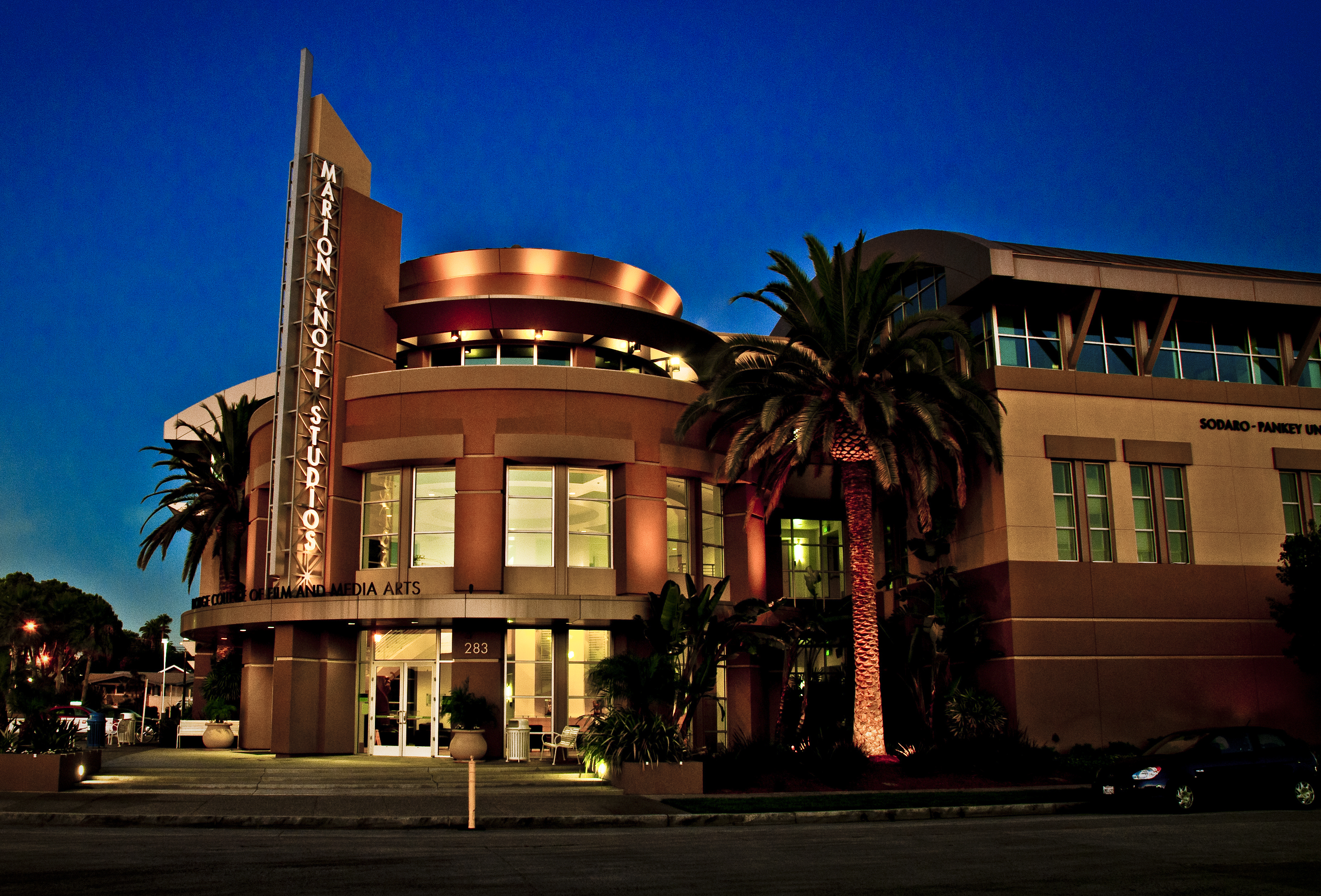In third grade, third-year international development studies student Jagmeet “Hoodini” Singh started exploring music. In high school, Singh wrote his own rhymes and battled other rappers. Last year, Singh performed at the Sikh Art and Film Festival to an international audience.
The three-day film festival started eight years ago in response to the lack of art venues related to the Sikh religion, which was founded more than 500 years ago in the Punjab region in North India. Since the festival’s inception, the event has transformed into one of the premiere venues in the country for Sikh art culture, including books, films and other creative outlets. This year’s festival begins today at Chapman University’s Dodge College of Film and Media Arts and continues through Sunday.
The festival incorporates an American-friendly approach to the film selection. Many of the films featured, including the Hollywood feature film “Partition,” will either be screened in English or translated into English as part of the effort to engage the non-Sikh community. According to Ravin Kohli, co-chair of the festival, films are chosen by a selective panel that assesses the films in terms of originality, storytelling and technical aspects.
“As long as they meet with the vision of the film festival … and score high enough within the voting committee, which is a very diverse group of people, including some people that have been working in Hollywood for directors for many years, people who are very well-versed within the Sikh art community,” Kohli said.
Singh was featured at last year’s festival, and one of the performers honored as a “Creative Sikh.” While at the festival, Singh both MC’d and performed for the first couple days’ evening parties to an international audience and described the event as a showcase for Sikh artistic talent from all over the world.
“They’re authors, they’re filmmakers, they’re just normal kinds of people who just happen to be a part of the Sikh background,” Singh said.
The festival will feature a variety of Sikh-related artwork, all with the intention of educating both the Sikh community and outsiders about Sikh culture. Co-chair Tina Anand explained that in addition to the featured artwork, the festival will include educational clusters about topics including filmmaking and Sikh culture.
“We get stereotyped as the doctor or the lawyer … there’s never been … support for (young artists) … to go get funding from somewhere,” Anand said of the filming workshop. “We have really young filmmakers who just took up the camera and decided they’re going to shoot something they’re passionate about and just never had the form to show it.”
In addition to the informative clusters, the festival will feature interactive sessions with the filmmakers, artists, musicians and authors who make up the event. The panelists are called “Creative Sikhs” and will provide opportunities for the audience to personally engage with the creators.
In an attempt to be more inclusive, the festival will allow any attendee to participate in the red carpet event. According to Kohli, festival goers will have the chance to walk on the red carpet themselves, a rare feat in Los Angeles.
“When you come into the film festival … red carpets aren’t typically open to everyone that attends the festival. We choose to think of our red carpet differently. Everyone who comes to the festival is, in our eyes … a king or a queen,” Kohli said.
